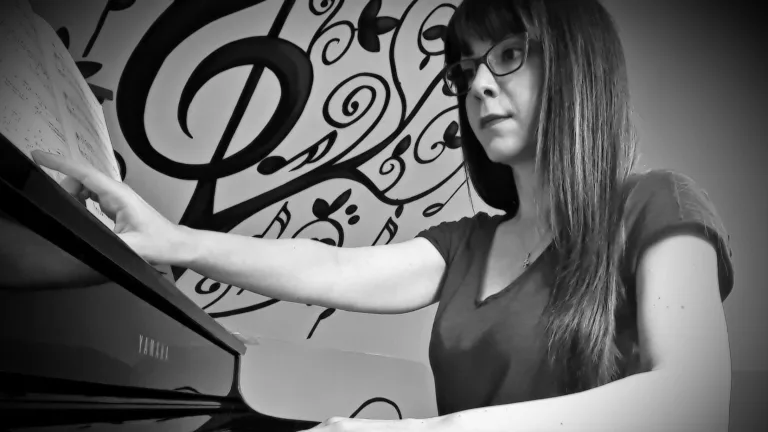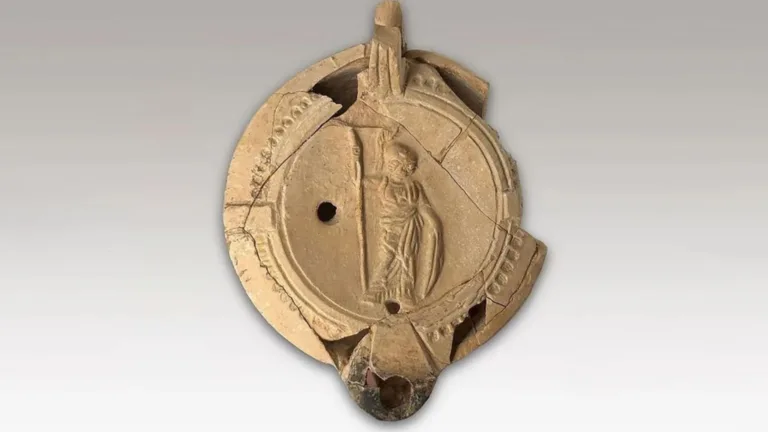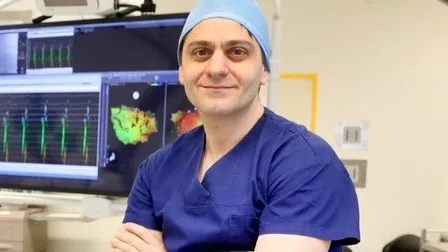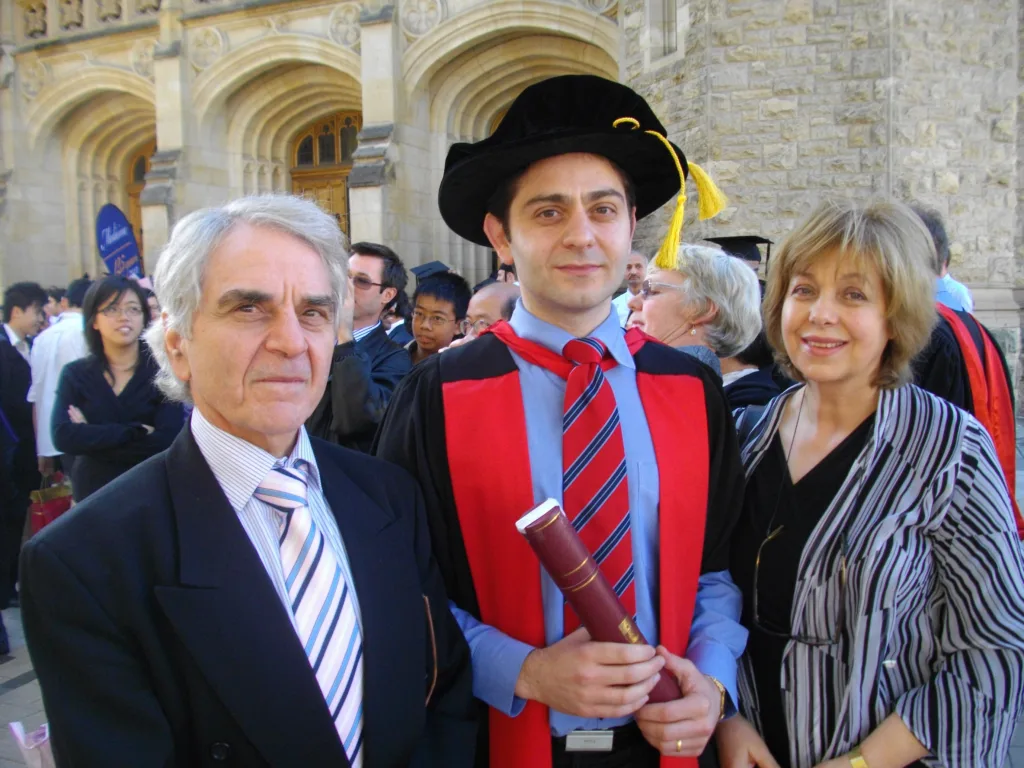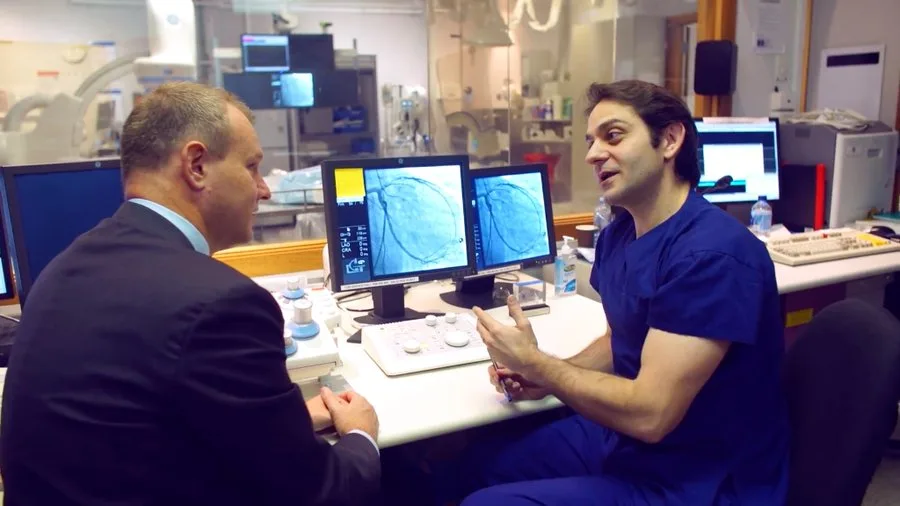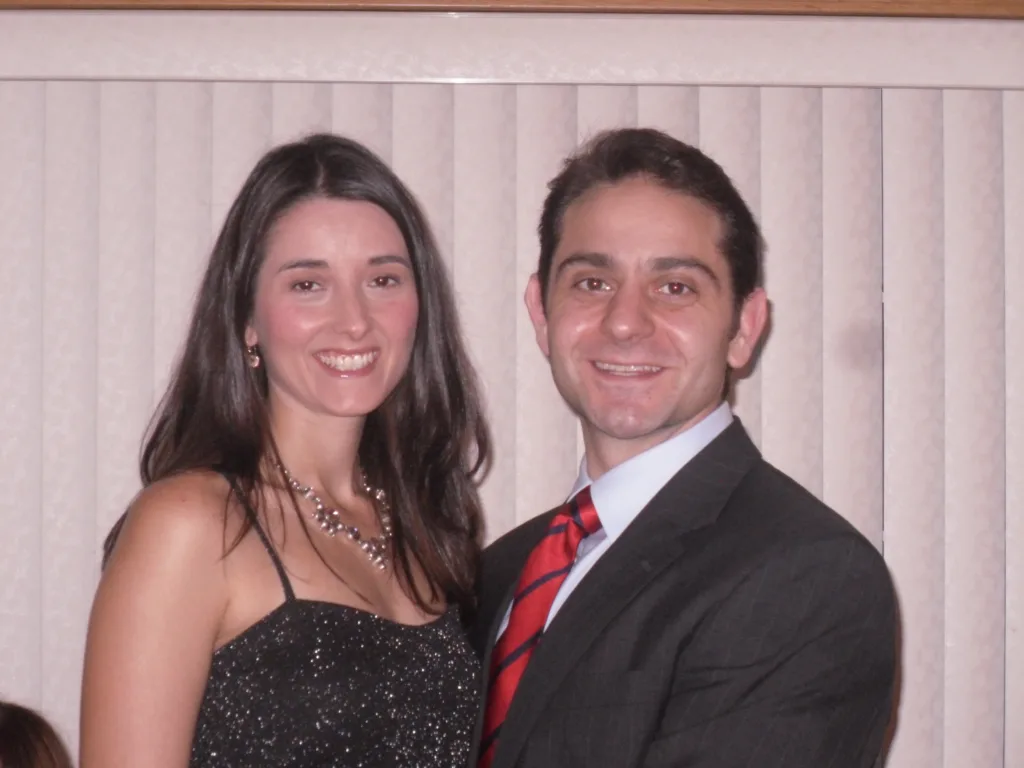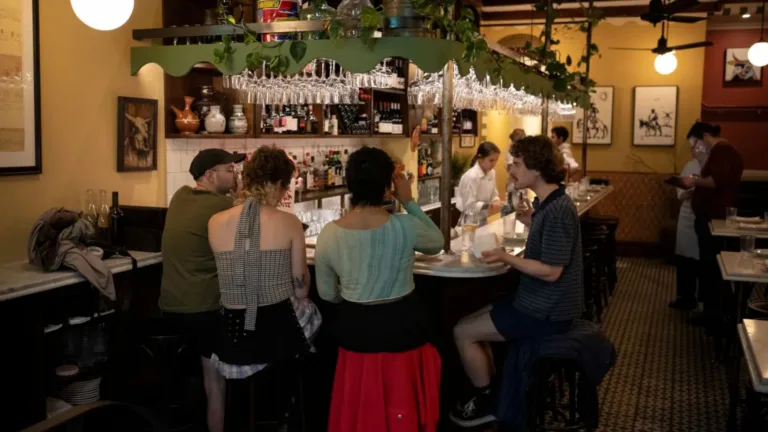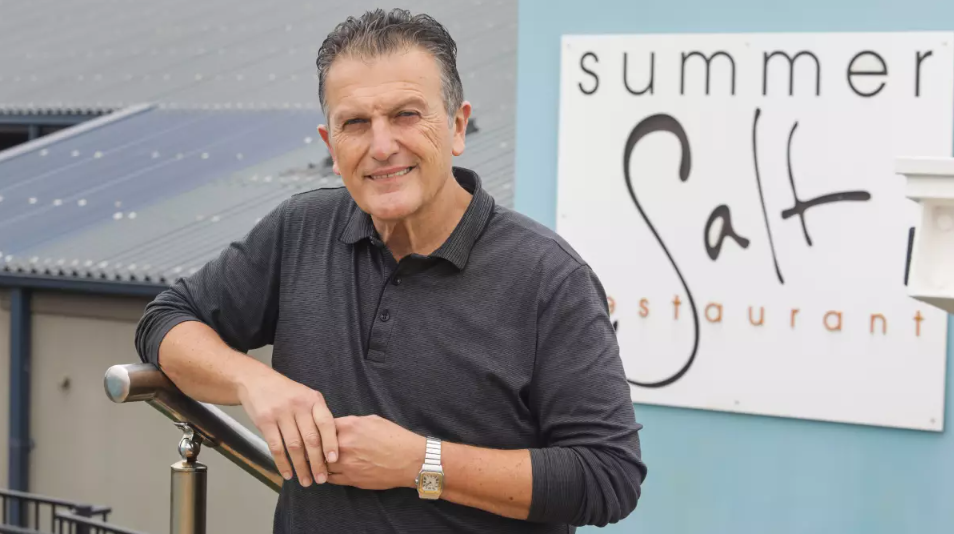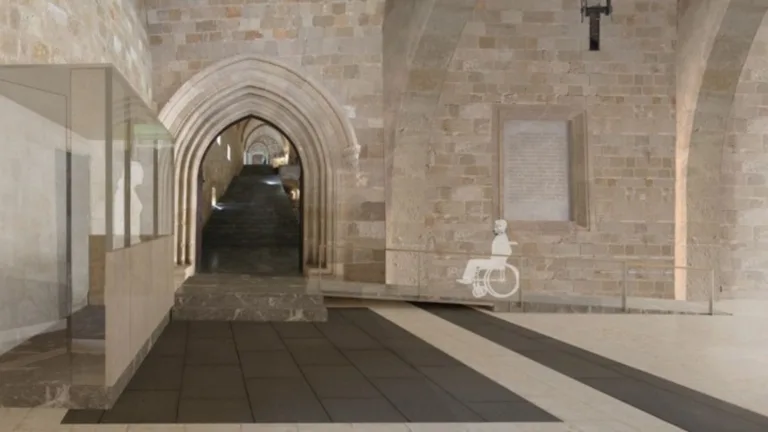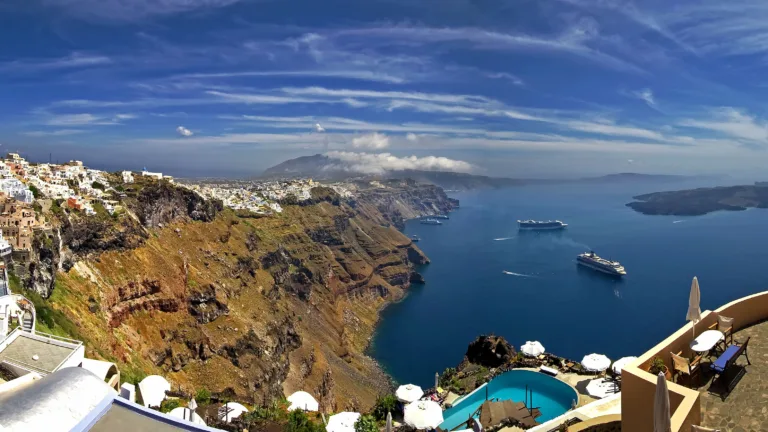By Panayotis Tsambos
‘Hymn to Liberty’ by Dionysios Solomos is comprised of 158 stanzas and describes the desire and epic struggle of Greece to be free from Ottoman subjugation. It accomplishes this by combining historic events in the Greek War of Independence (1821-1829) with patriotic, religious and classical themes, using imagery both literal and allegorical.
This poem’s story of Liberty has a number of key phases:
1. Liberty Personified The poem begins by introducing Liberty in a human form, possessing a fearsome sword and a watchful demeanour. Given too is Liberty’s origin, as wrought from the sacred bones of Greeks. (This section comprises the national anthem and the reader is reminded of these characteristics by repetition at other junctures.)
2. Liberty’s Burden in Wait Hellenism’s widespread subjugation under Ottoman rule began in the mid-15th century. In the intervening centuries to 1800 there were attempts to garner allies and to regain freedom. Unfortunately, they failed and both Liberty and Greece continued to suffer.
3. Liberty Rekindled A major spark to re-kindle the embers in Liberty was the murder of writer Rigas Feraios, enabled by Austrian Empire officialdom, and executed by the Ottomans. After a period of two decades or so the flames grew to re-take Tripolitsa. See:
a. The Siege of Tripolitsa
b. The Aftermath
4. Liberty’s Struggle Begins The path to freedom is costly. A cost that hit Liberty hard by the Ottoman re-taking Corinth.
5. Liberty’s Struggle Spreads The struggle widens at the 1st siege of Mesolongi, but also enemies drown in the battle at the Achelous River and in naval battles. The hanging of Patriarch Gregory V of Constantinople on the day of Easter is a day of infamy. See: a. At Mesolongi
b. At the Achelous River
c. In the Seas
d. At Constantinople
6. Liberty’s Hope The poem ends with Liberty’s hope for Greeks to remain united and for other nations to support the cause of Hellenic independence, and as it was first published in 1825 it could not be celebrate victory as the war extended beyond that year.
(Note that the number or number range preceding lines and section headings identify the associated Solomos stanzas for that line or section.)
1-2: Liberty Personified
1: Liberty is recognised by a fierce sword and watchful demeanour
2: Hail Liberty born from the sacred bones of the Greeks
3-16: Liberty’s Burden in Wait
3–5: Liberty had been living in shame and bitterness, with only memories of past glories recounted tearfully, waiting for a call to return
6–9: Description of Liberty’s desperate waiting, clothing soaked in Greek blood, hearing only chains and cries
10-14: Liberty’s attempts to find allies abroad are spurned, returning alone and humiliated
15: But now, every child of Liberty is relentlessly fighting back, seeking victory or death.
16: Hail Liberty born from the sacred bones of the Greeks
17-74: Liberty Rekindled
17-19: Heaven and earth respond to Liberty’s return, and Rigas Feraios calls out with a battle cry
20-23: All Greece celebrates, the expression of joy reaching up to the Ionian stars and to the islands. George Washington’s land rejoices, the Spanish lion in its tower cries out a greeting of support
24-27: England is startled, angry growls from Russia, and the Austrian Eagle screeches with malice and intent to harm
28-34: Liberty remains unconcerned by threats, like a boulder weathering the stream of water. Woe betides Liberty’s opponents despite that beast thirsting for blood
35-50: The Siege of Tripolitsa
35-37: Liberty faces the walls of miserable Tripolitsa, wishing to bring them down with a fearsome lightning bolt
38-41: The battle begins and when confronted the enemy exposes its back to wounding by retreat to the garrison
42-45: A terrible night battle ensues, with sounds of gunfire, clash of swords, axes and clubs and grinding teeth
46-50: The scene resembles the underworld, with innumerable unjustly slaughtered by Ottoman wrath, rising up from the earth
51-73: The Aftermath
51-54: Bodies cover the fields like cobs of corn, shadows move in the dim moonlight in deathly silence
55-59: The dead dance manically in the blood, making hoarse growls, touching the Greeks on their chests with cold hands
60-65: Description of the intense combat. Fighters oblivious to all but battle. Limbs, and heads fall to the ground
66-70: Both sides fight without care. Going onwards there’s lament for all the killing. Muslims cry “Allah” while the Christians shout “Fire!”
71-73: On the fourth dawn, all enemies lie dead, blood flows like river in the valley. The dawn’s cool air is urged to blow towards the holy Cross.
74: Hail Liberty born from the sacred bones of the Greeks
75-87: Liberty’s Struggle Begins
75-79: The scene shifts to Corinth’s flatland, with brave warriors facing thousands
80-82: The angel of destruction unleashes Death and Famine as skeletons that stalk the land, and scattered on the ground are remains of human loss. Among this on the plain walks a blood-stained but eternal Liberty.
83-85: Vision of maidens holding hands and dancing, preparing to nurture young future warriors
86: Among the flowers the poet sings songs of freedom, like Pindar.
87: Hail Liberty born from the sacred bones of the Greeks
88-138: Liberty’s Struggle Spreads
At Mesolongi (88-101)
88-90: Liberty arrives at Mesolongi on Christmas Day, and is greeted by Religion with a cross. Religion urges Liberty to stand upright
91-94: Description of church scenes, incense, and heavenly light
95-97: Liberty appears radiant bathed in divine light. With sword in hand Liberty continues growing tall as a tower
98-101: Tells unbelievers that Christ is born and is the world’s saviour. Christ adds “I’m the alpha and the omega, where is there to hide if I’m angered? I shall rain fire upon you till nothing is left except ash”
At the Achelous River (102-115)
102: Who can compare with or vanquish Liberty?
103-104: Description of Liberty’s wrath and its effects on land and sea
105-108: Many of the luckless enemy, drown in the Achelous River before they can escape
109-111: Death in the water of wild-eyed desperate faces, reaching out to others, hoping to be saved
112-114: Wish for the ocean to drown all issue of Ottoman seed, and all their naked dead gathered at Hagia Sophia and retrieved by an (Ottoman) brother of the Crescent
115: Let every rock become a headstone and let Liberty and Religion and Liberty slowly walk among them
In the Seas (116-130)
116-121: More drowning scenes. Comparison with Moses closing of the Red Sea. The Biblical parallel continues with Aaron’s sister Miriam’s celebration
122: Liberty is recognised by a fierce sword and watchful demeanour
125-127: Liberty’s invincibility and mastery over the sea’s power is recognised too
128-130: Naval warfare scenes with sailing ships and destruction
At Constantinople (131-138)
131-132: The sea turns blood-red; reference to the dumping of the corpse of, Gregory V, the hanged Patriarch of Constantinople
133-136: This occurring on Easter Day, when friends and enemies exchanged kisses
137-138: The Patriarch’s curse on those who can but won’t fight echoes eternally
139-158: Liberty’s Hope
139-142: Liberty gestures for silence, looks to Europe, then addresses Greece
143-145: Warning about an unvanquished enemy, the discord among Greeks
146-147: Let brother not fight brother, lest foreign nations say Greek freedom is undeserved
148-150: Call for unity, reminding that all blood shed for faith and country is equally honoured and victory will always follow if all are united.
151-154: Appeal to other nations, showing them, the holy Cross and Greek blood sacrificed
155-156: Asks if they can hear innocent Christian blood crying out like dead Abel’s to God, for justice
157-158: Issues invitation to Europe’s monarchs to keep the holy Cross at the fore and to join in to help Greek independence
